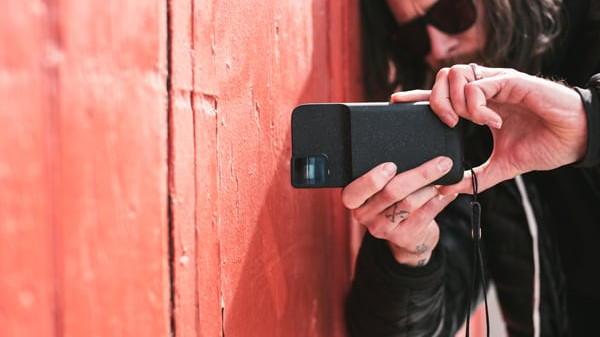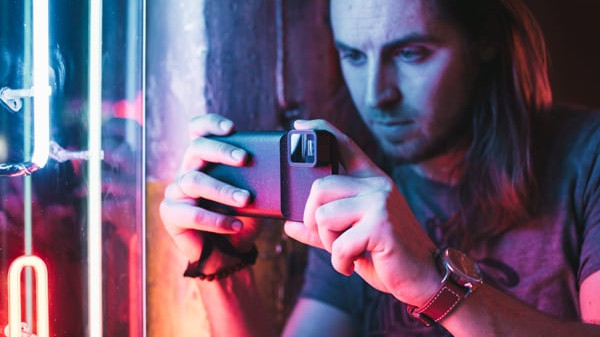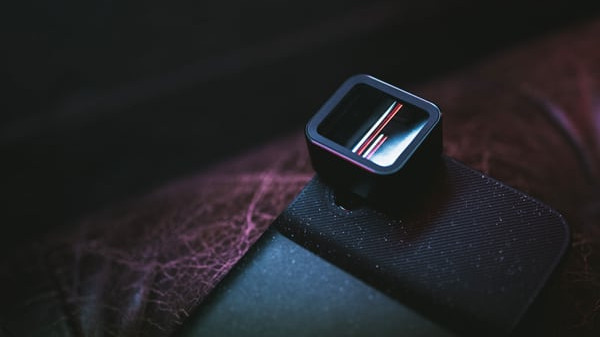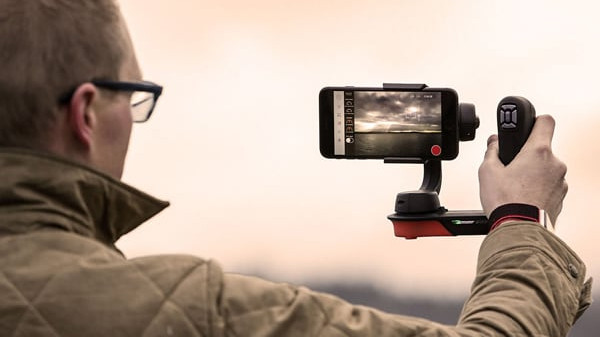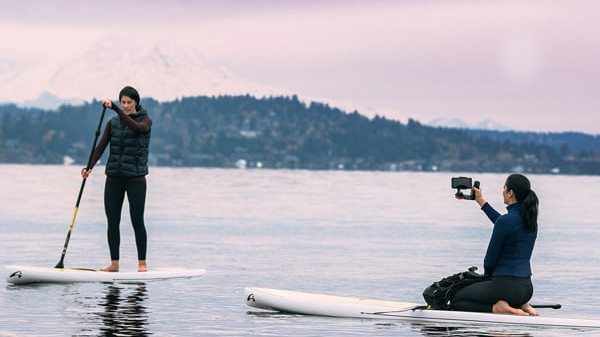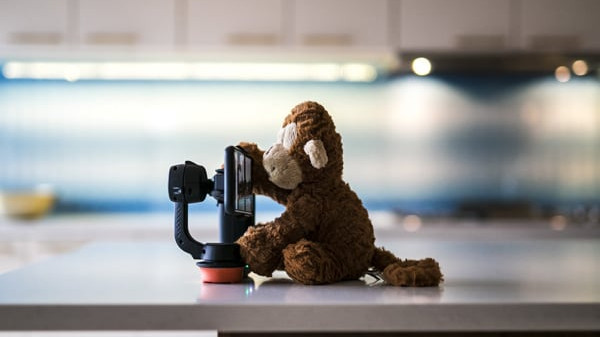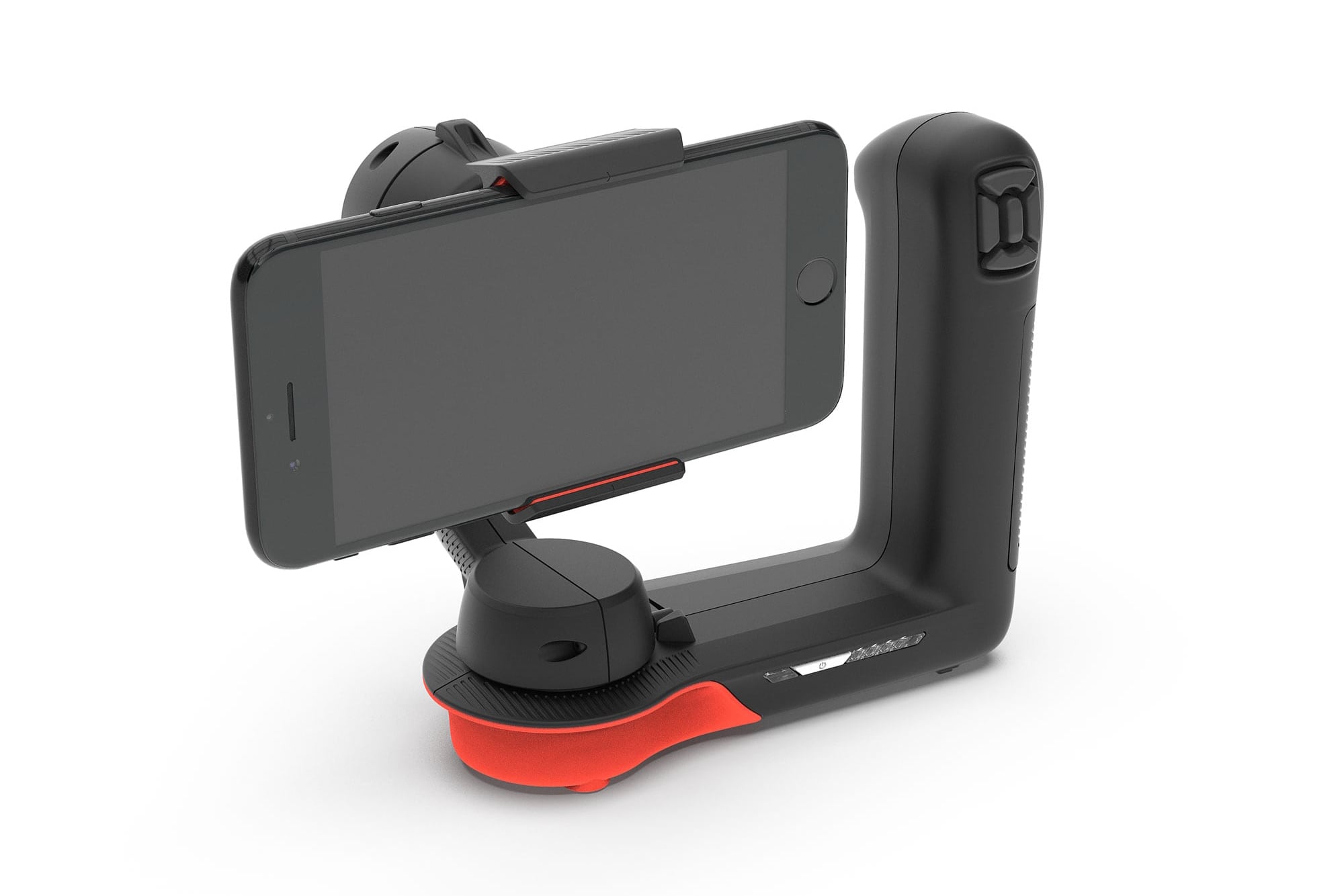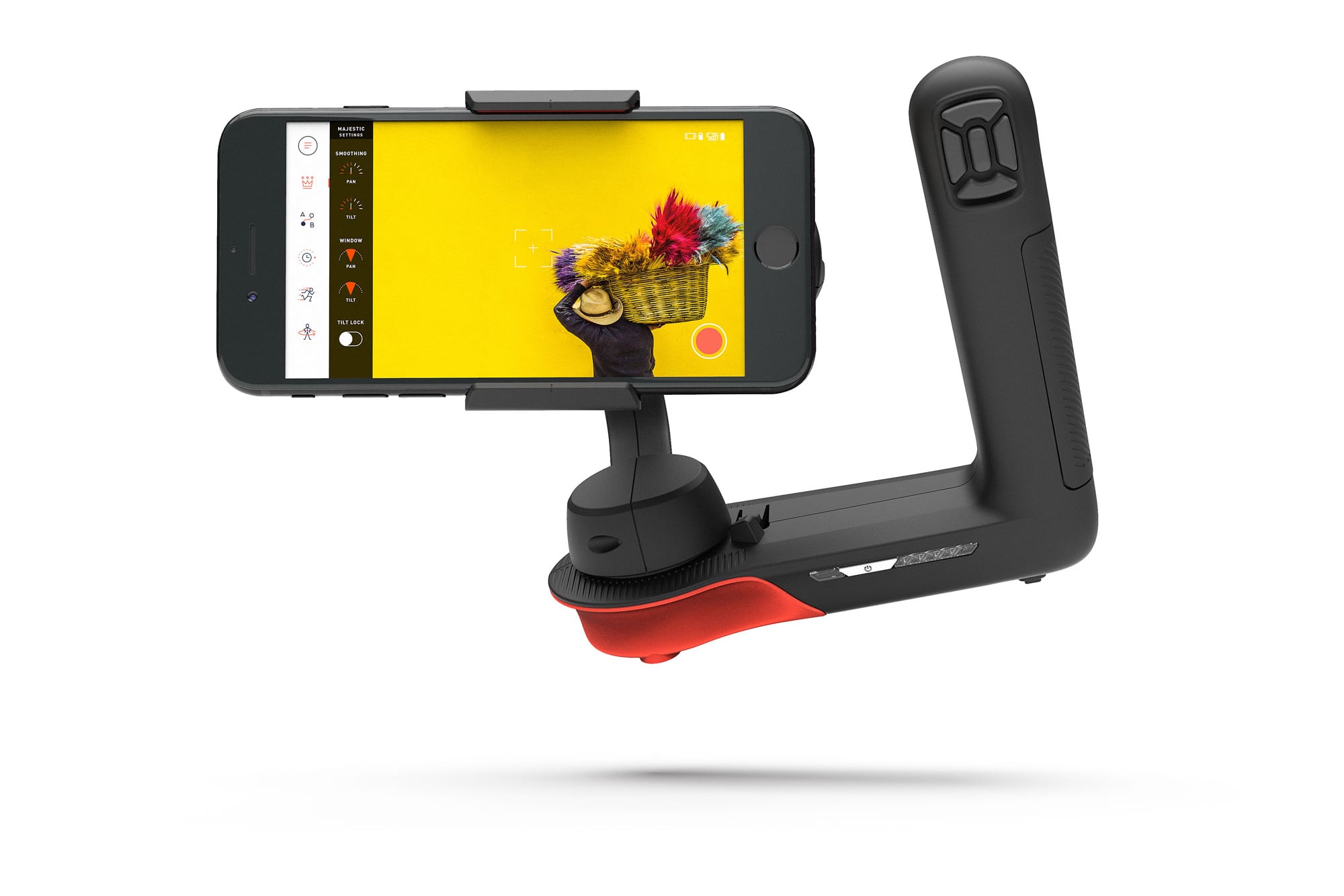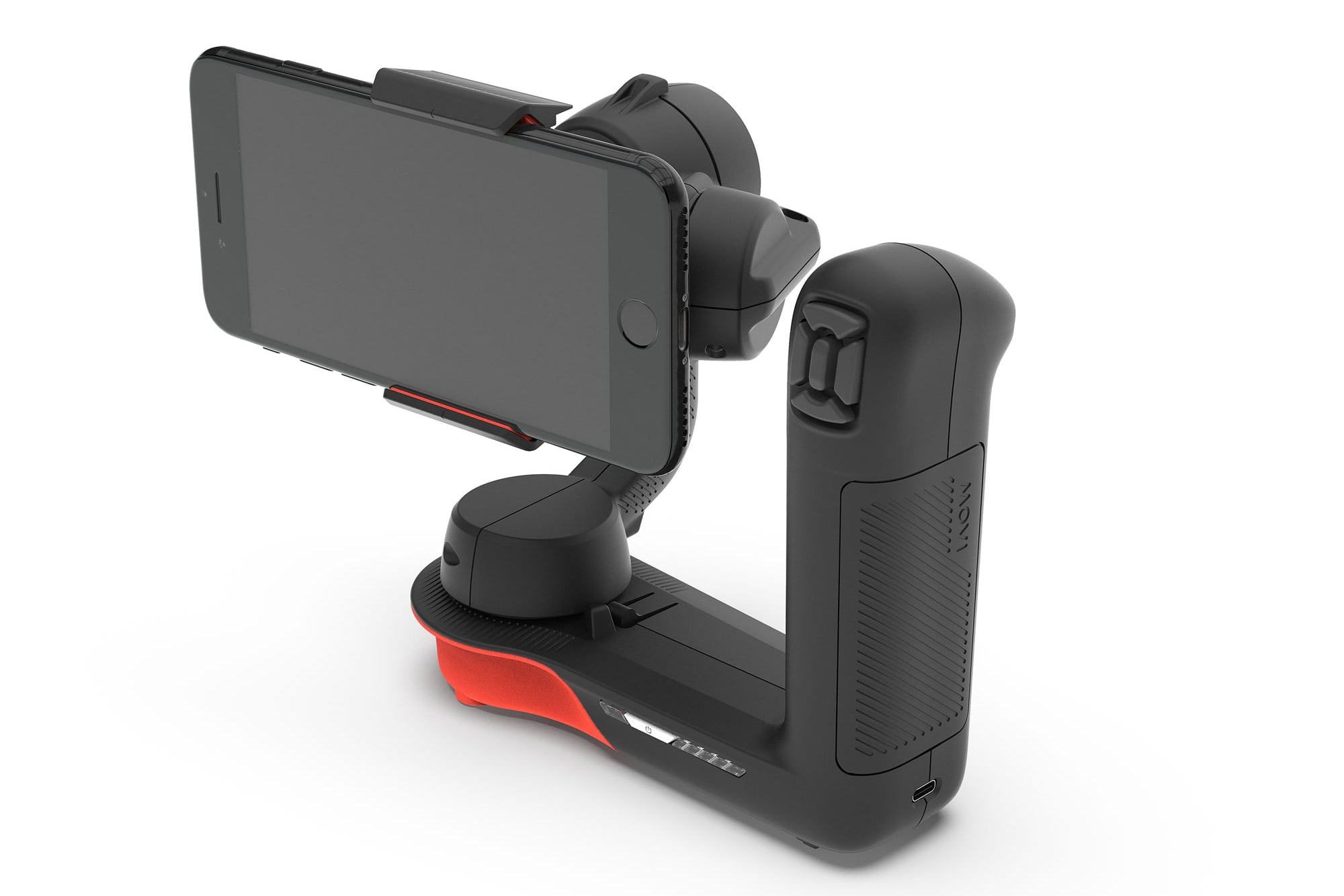My MOVI Moment
The clearer the title, the more diverse the meaning - Mobile Movie Making.
In times of YouTube and low-budget film productions, the use of DSLRs and mirrorless cameras is not uncommon. Even in large Hollywood blockbuster more and more “low-budget” equipment is used, especially as b-roll footage with 120 or 240 FPS (and with low-budget equipment I mean the comparison to the ARRI or RED). Unusual for film productions of any kind, with the exception of YouTube, however, is the use of smartphones.
Okay, before I go further into this, it’s important to know that I’m not an ambassador, either for Freefly or for Moment. It was not provided to me, I bought it by myself and – spoiler alert – I am absolutely thrilled.
In Short
The wheel was not reinvented here. 3-axis stabilizers so-called gimbals and clip-on lenses for smartphones have been around for some time now and are gaining in popularity. For YouTube or in social media like Instagram, Facebook and others.
The cameras in our smartphones should not be underestimated. Despite the small sensors, the manufacturers surpass themselves year by year in terms of quality (1080p, 4K) and functions (24/30/60/120, even 240 FPS). Due to the small design, however, these are limited in terms of the lenses.
Here comes the Moment
Moment is a manufacturer of clip-on lenses for smartphones, which has been designed to be attached via an appropriate smartphone case. This allows various focal lengths, regardless of which the built-in camera has. The repertoire that Moment currently has to offer is very extensive. Starting with the Macro over the Wide 18mm, the Tele 58mm, a Superfish to the new Anamorphic* lens, which I will discuss here in this post.
"The best camera is just the one you have with you."
– Eliott Erwitt
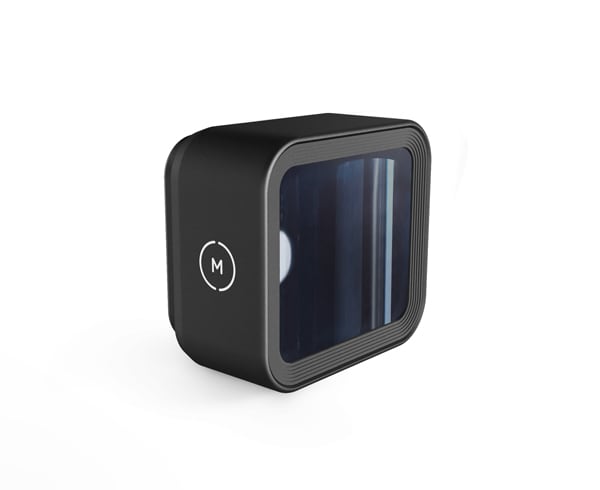
The Anamorphic Lens
* The anamorphic process is a way of recording films using specially designed camera optics called anamorphic lenses. Its purpose is to produce a particularly broad image that is closer to human perception than the 4:3 film format. Instead of pruning the image above and below and thereby losing resolution, the anamorphic lenses distort towards the edge. During playback, a corresponding equalization then takes place.
(Source: Wikipedia)
This widescreen image in the 2.39:1 format not only pleases the eye, but also makes the video even more interesting. Maybe it’s also because this format is used in most movies or we are tired of the 16:9 format. It should be said that the 16:9 format, which has been the norm for years, represents only a compromise. The actual purpose was and is to combine the 4:3 as well as the 2.39:1 format in a single format, so that on a TV both formats can be displayed without cutting the respective format.
Another feature is the bokeh and the light reflections. Due to the distortion, the bokeh looks more oval than the “normal” circular one. In the way the lens reflects light, opinions tend to differ sharply. Some like it, others do not. An advocate of this definitely is the director J. J. Abrams. With films like Super 8, Mission: Impossible and Star Wars, he created his trademark. Michael Bay also took advantage of this in the movie Transformers.
To be able to use these features in a smartphone to create a similar look is simply gigantic. The price of the Moment anamorphic lens, is not cheap but compared to the big camera lenses, which are traded with 30,000 EUR and up, a real bargain.
Optics are not everything
As powerful as the effect of a lens may be, it can become incredibly unspectacular when it comes to movement. In addition to a camera, the lens, sound, music, lighting, editing and special effects, the type of camera work is also part of creating a film look or atmosphere. None the less there are terms like tilt, pan and roll, just to name a few. The camera work contributes to the storytelling as well as all other components.
Of course, there are exceptions where a restless picture is preferred. Especially with action scenes or explosions. The choice, whether stabilized or not, always depends on which mood and with which intensity should be transmitted to the viewer.
Different is not bad – Hello MOVI
We all know the typical 3-axis stabilizers, e.g. the DJI Osmo Mobile. A common one-hand rod stabilizer. The MOVI in this way, however, is different…
Freefly Systems is a renowned manufacturer of various types of camera robots for major film productions, such as the MōVI Pro, MōVI Carbon, MōVI XL and the Alta. 3-axis stabilizer designed for heavy gear on land and in the air. With the MOVI Camera Robot, Freefly enters the gimbal market for smartphones and benefits from the already well-founded know-how and the sophisticated technology as well as the workmanship of its big brothers.
As mentioned earlier, the wheel was not reinvented, but improved with a lot of know-how, experience and passion. The handling of this “gimbal”, I call it – as well as Freefly does – rather Camera Robot (CR), is more than intuitive. It can be controlled / operated with two hands for even more precise control. Apart from that, the engines are far superior to the usual gimbals. The optionally available counterweight, which allows the use of clip-on lenses and additional filters, optimally balances MOVI. Compared to its competitors, as a result of design, there is no one who can compensate for such a distribution of burdens.
In order to be able to use all functions however, the use of the MOVI App is indispensable. Yes, it has a lot of features – but I personally rather tend to use the Filmic Pro App because of the better settings.
Regardless of and also independent of the price of the MOVI, for me this is currently the best camera robot available for a smartphone.
My Conclusion
Starting with the headline “My MOVI Moment” (My movie moment) I would like to draw my conclusion.
This is really my “movie moment”. As a photographer, you are increasingly exposed to the situation of having to deliver photo material as well as videos to your clients. This “small budget” setup allows me to deliver a very high quality. In most cases even more than needed. For advertising campaigns, weddings or behind the scenes recordings.
From a privat perspective I also do benefit from this setup. It is small, lightweight and very portable. And as Eliott Erwitt’s quote says: “The best camera is just the one you have with you.”, I can only confirm this. Because the tool that you always have with you is your smartphone. I can not wait to test the 18mm Wide and the rest of the Moment lenses.
It is not cheap but worth every penny. For pure private use it is more expensive than the “usual suspects”, but in my opinion far superior to them and there is no better alternative to this setup out there – not yet, but who knows what is next…
UPDATE
As already mentioned, I use this setup with the FiLMiC Pro App for iOS. Since the last update, FiLMiC Pro now supports MOVI functions and can control it natively from within the app. And vice versa, you can use the FiLMiC Pro App with the operating elements of the MOVI.

